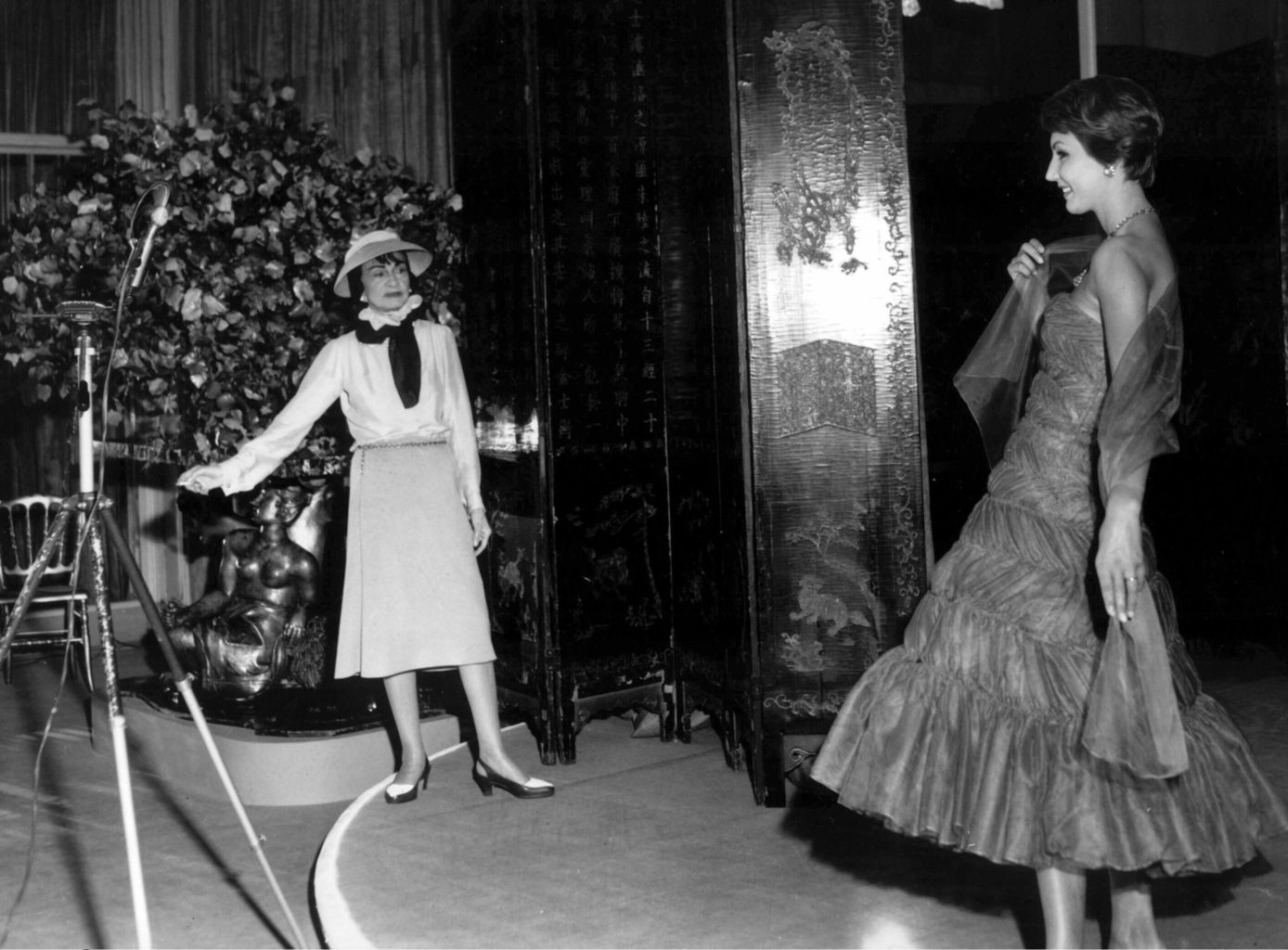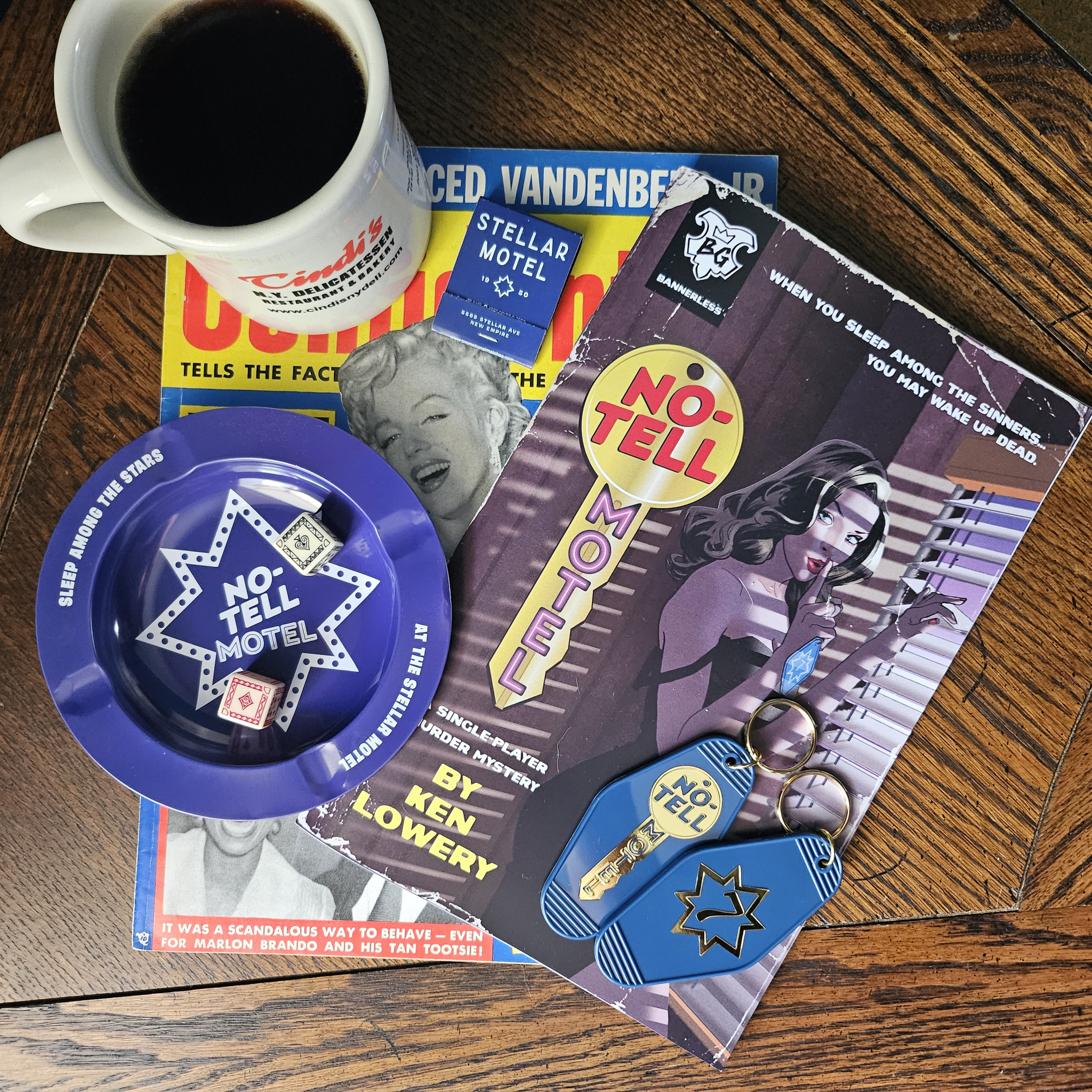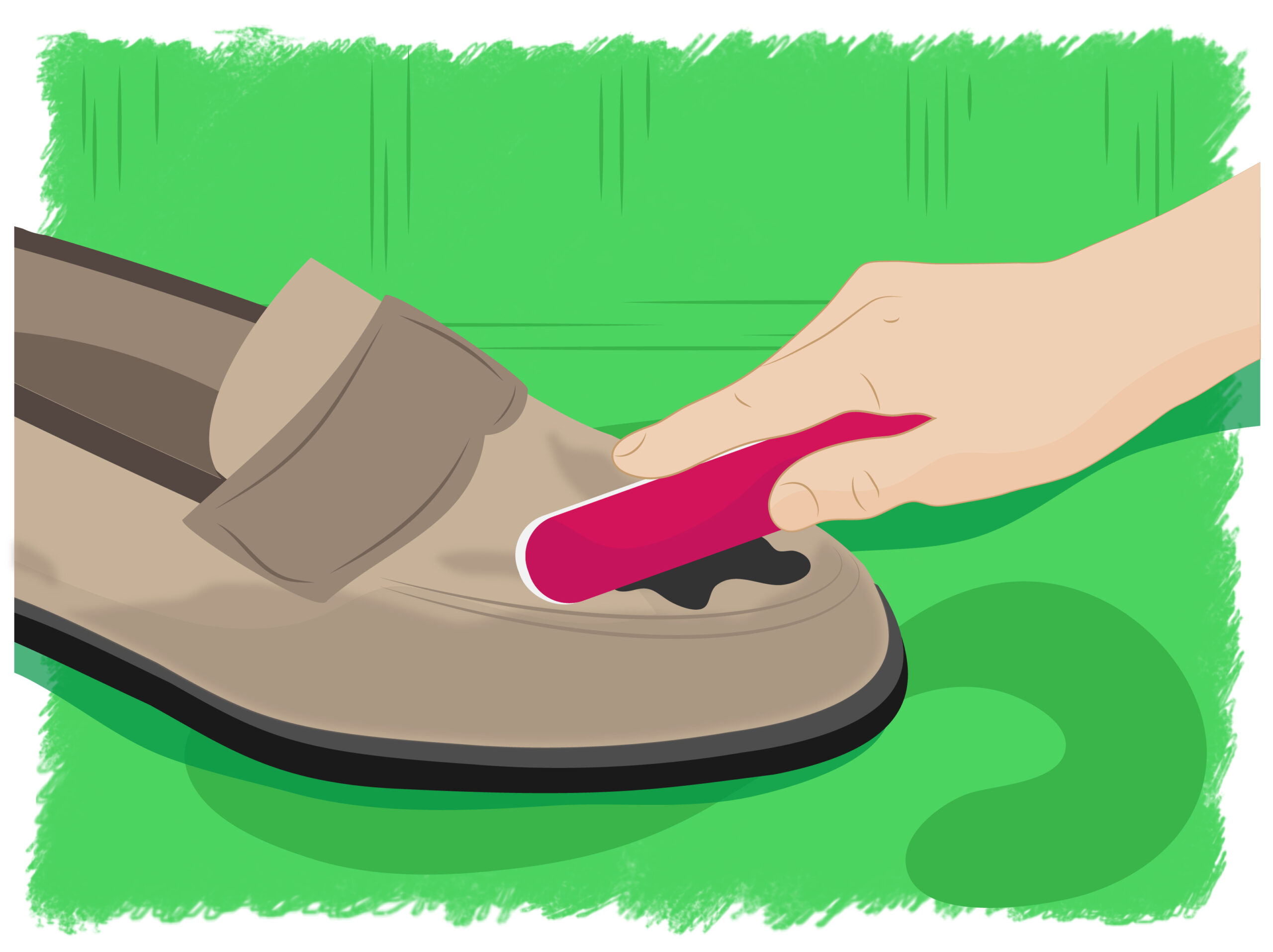DIY Acrylic and Fake Nails at Home: A Complete Step-by-Step Guide
Introduction
Creating beautiful, professional-looking nails at home is possible with the right knowledge, tools, and techniques. Whether you want to master DIY acrylic nails or explore creative fake nail alternatives, this comprehensive guide will walk you through every step. You’ll find detailed instructions, real-world examples, and solutions for common challenges, ensuring you can achieve stunning nails on your own schedule.
Understanding Acrylic Nails vs. Fake Nails
Acrylic nails are artificial nail enhancements created by combining a liquid monomer with a powder polymer, forming a hard, protective layer over your natural nails. They are known for their durability and versatility in creating various shapes and lengths. Fake nails is a broader term that includes any artificial nail extensions, such as press-ons, glue-ons, or even DIY versions made with household materials. Both options allow for creative nail art and personal expression, but acrylics are particularly valued for their strength and long-lasting finish [1] .
Essential Tools and Materials
Before starting, prepare the following supplies for acrylic nails:
- Acrylic powder and monomer liquid
- Acrylic nail brush
- Nail tips or forms (optional)
- Nail file and buffer
- Nail primer or dehydrator
- Cuticle pusher
- Dappen dish for monomer
- Lint-free wipes
- Protective gloves and a well-ventilated workspace
For DIY fake nails using household items, you may use clear tape, paper, or even toilet paper as demonstrated in some tutorials, but these are best for temporary looks and special occasions [4] .
Step-by-Step Guide: How to Make DIY Acrylic Nails
1. Prep the Nails
Begin by washing and thoroughly drying your hands. Push back your cuticles gently using a cuticle pusher and shape your natural nails with a file. Buff the nail surface lightly to remove shine; this helps the acrylic adhere better. Apply a nail dehydrator or primer to eliminate oils and ensure a strong bond [1] .
2. Apply Nail Tips or Forms (Optional)
If you want to extend the length of your nails, select appropriate-sized nail tips and adhere them with nail glue. Trim and shape the tips as desired. Alternatively, use nail forms for a sculpted look without tips [3] .
3. Mix and Apply Acrylic
Pour your acrylic liquid (monomer) into a dappen dish. Dip the acrylic brush into the liquid, then into the powder to form a small, workable bead. Place the bead near the apex (middle) of the nail, gently pressing and guiding it towards the free edge while keeping the majority of thickness at the apex for strength. Use the body of your brush to drag the bead to the tip and sidewalls, ensuring a smooth surface [1] . Work quickly, as acrylic sets fast [2] .
Once the first layer sets, apply a smaller bead at the cuticle area, blending it seamlessly into the rest of the nail. Avoid flooding the cuticle to prevent lifting. Repeat as needed to build strength and shape, using multiple small beads if you’re a beginner [3] .

Source: pinterest.com
4. Shape and Refine
Allow the acrylic to fully harden (usually a few minutes). Shape the nail with a file, smoothing out any bumps and perfecting the side profile for a natural curve. Buff the nail surface for a flawless finish. At this stage, you can correct minor imperfections by filing and shaping [2] .
5. Finish and Protect
Clean the nails with lint-free wipes and apply a top coat for shine and protection. Cure under an LED/UV lamp if using a gel top coat. Moisturize your cuticles with oil to complete the look. Your acrylic nails are now ready for polish or nail art.
Alternative: Making DIY Fake Nails Without Acrylic
If you prefer a simpler, less permanent option, you can create fake nails at home using everyday materials. For example, cut pieces of clear tape or paper to your desired nail shape, affix them to your cleaned nails with nail glue or double-sided tape, and finish with polish. While these won’t last as long as acrylics, they can be a fun, creative solution for special events or experimenting with styles [4] .
Some tutorials demonstrate using toilet paper and glue to sculpt temporary nails, which can then be painted and decorated. Keep in mind, these approaches are best for short-term use and should be removed carefully to avoid damaging your natural nails.
Safety Tips and Best Practices
Always work in a well-ventilated area when handling acrylic products, as the monomer has strong fumes. Avoid skin contact with chemicals, and wear gloves if you have sensitive skin. If you experience irritation, discontinue use immediately. Clean all tools thoroughly after each use to prevent infection. If you’re new to acrylics, consider practicing on plastic nail practice hands before applying to your own nails [1] .
Common Challenges and Solutions
Challenge: Acrylic setting too quickly or unevenly. Solution: Use a slow-setting monomer and work in small sections. Practice your brush technique to maintain control [3] .
Challenge: Lifting or chipping. Solution: Ensure proper nail prep, avoid overfilling cuticles, and use high-quality primer. Avoid soaking hands in water prior to application.
Challenge: Bulky or unnatural shape. Solution: Focus on building the apex for strength, but keep the rest of the nail slim. Refine with a file and buffer after application [2] .
Alternative Approaches and Customization
If you want to experiment, try using press-on nails, which are widely available at beauty supply stores and online. These provide a quick and easy solution with minimal mess and can be customized with polish or nail art. Many brands now offer reusable press-on kits, making them an eco-friendly option.
You can also explore gel nail kits, which use gel polish cured under a lamp for a glossy, chip-resistant finish. These offer a different feel and longevity compared to acrylics, and may be easier for beginners to master.
How to Find Supplies and Further Instruction
To purchase professional-grade acrylic supplies, visit well-known beauty supply stores either online or in person. For trusted guidance, search for “acrylic nail kits” or “DIY nail supplies” on established retailer websites. If you need more instruction, consider searching YouTube for beginner tutorials from reputable creators. Use search terms such as “DIY acrylic nails for beginners” or “how to make fake nails at home” for a range of methods and tips [1] , [3] .

Source: fashsb.com
If you have concerns about allergies or safety, consult with a licensed nail technician or dermatologist before using acrylic products. Many local beauty schools also offer beginner courses if you prefer hands-on learning.
Key Takeaways
With patience and practice, you can achieve salon-quality acrylic or fake nails at home. Always prioritize safety and proper technique for best results. Experiment with different methods and materials to find the approach that suits your lifestyle and creativity. Remember, official product instructions and professional guidance are your best resources for mastering DIY nail enhancements.
References
- [1] Nail Career Education (2019). Acrylic Nail Tutorial – How To Apply Acrylic For Beginners.
- [2] Vee Nailedit (2023). HOW TO DO ACRYLIC NAILS AT HOME: for beginners!!
- [3] Natali Bullock (2021). Easiest Acrylic For DIY Beginners.
- [4] C’s Tutorialz (2020). DIY – HOW TO MAKE WATERPROOF FAKE NAILS FROM TOILET PAPER.
MORE FROM savvysc.com













